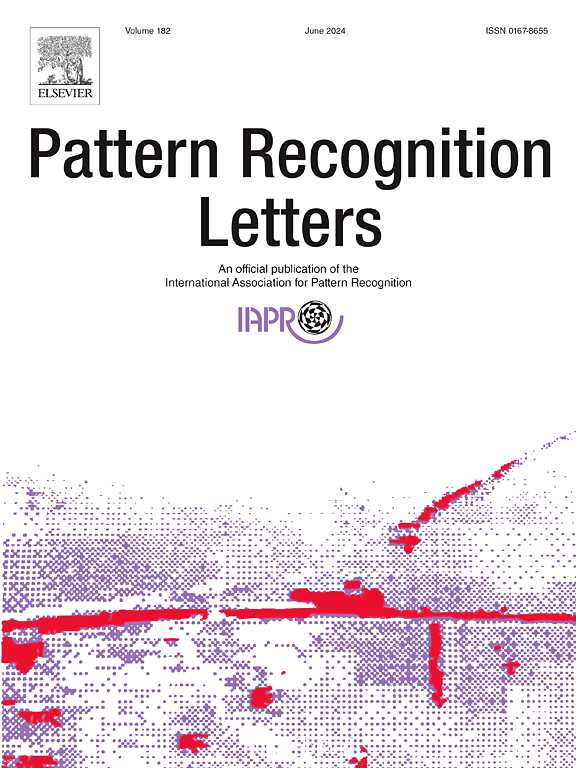GND-APR:基于图神经扩散的自动驾驶绝对姿态回归器
IF 3.3
3区 计算机科学
Q2 COMPUTER SCIENCE, ARTIFICIAL INTELLIGENCE
引用次数: 0
摘要
视觉再定位包括估计已知场景下的摄像机平移和旋转。然而,在包含扰动(如天气变化、季节、光照和动态物体)的自动驾驶环境下,姿态回归量缺乏鲁棒特征,导致姿态不准确。本文提出了GND-APR算法,通过图动态关注、神经扩散和共享记忆单元来解决上述问题。具体来说,我们提出了用于特征映射和向量交互的图动态注意神经扩散,图动态注意促进了特征关联之间更好的信息交互,增强了特征表征。同时,我们通过共享记忆单元增强了时间特征融合,它允许网络记录必要的和鲁棒的特征,作为对扰动的隐式防御。在4Seasons数据集上,我们的模型将平均平移和旋转误差分别降低了54%和15%。在两个具有挑战性的自动驾驶数据集上的实验证明了我们的方法优于其他最先进的方法。本文章由计算机程序翻译,如有差异,请以英文原文为准。
GND-APR: Absolute pose regressor with graph neural diffusion for self-driving
Visual relocalization consists of estimating the camera translation and rotation in known scenarios. However, the lack of robust features occurs in pose regressors under self-driving environments containing perturbations (such as weather changes, seasons, illumination, and dynamic objects), leading to inaccurate poses. In this paper, we propose GND-APR to cope with the aforementioned issue via Graph dynamic attention Neural Diffusion and shared memory unit. Specifically, we propose graph dynamic attention neural diffusion for feature map and vector interaction, which graph dynamic attention facilitates better information interaction between feature correlations and enhances feature representation. Meanwhile, we enhance temporal feature fusion through a shared memory unit, it allows the network to record essential and robust features as an implicit defense against perturbations. Our model decreases the mean translation and rotation errors by 54% and 15%, respectively, on the 4Seasons dataset. Experiments on two challenging self-driving datasets demonstrate the superiority of our approach over other state-of-the-art methods.
求助全文
通过发布文献求助,成功后即可免费获取论文全文。
去求助
来源期刊

Pattern Recognition Letters
工程技术-计算机:人工智能
CiteScore
12.40
自引率
5.90%
发文量
287
审稿时长
9.1 months
期刊介绍:
Pattern Recognition Letters aims at rapid publication of concise articles of a broad interest in pattern recognition.
Subject areas include all the current fields of interest represented by the Technical Committees of the International Association of Pattern Recognition, and other developing themes involving learning and recognition.
 求助内容:
求助内容: 应助结果提醒方式:
应助结果提醒方式:


